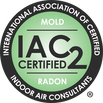Mike's Home Inspector BlogMichael Burfitt |
|
Welcome to Nova Scotia! There has been a recent spike in people who have chosen to make our city home from both across Canada and around the world and it is wonderful to see the vast and growing cultural diversity when walking around town. My son will get to grow up in a community that is much more welcoming of diversity and valuing of inclusion and I am happy to see our city change for the better.
However, as a professional home inspector based in Halifax and having grown up on the Dartmouth side of Halifax Harbour, I see a lot of misconceptions about homes in our community. The overwhelming majority of professional home inspectors in the world are in either Canada or the United States and this is not a coincidence. North America is certainly an economically strong region but there is a common misconception that homes are virtually maintenance free. This is FAR from the truth, and I have never inspected a home that did not have at least one issue (yes, even brand-new homes). Homes in North America are NOT Built Like Tanks There is a commonly held belief that houses in Canada are well built using strict building codes. This is only partial correct: while major structural issues (such as catastrophic collapse due to high winds) are extremely rare, modern homes are often built as cheaply as legally possible. This means that engineered components that while affordable, need to be properly installed to be effective and have limited lifespan that can be greatly reduced under certain conditions (like moisture penetration), such as roof and wall components. Unfortunately, on many building sites these can be installed by subcontractors not as familiar with proper installation techniques. We Have Mild Winters (and That’s a Bad Thing) While compared to the world at large we have brutally cold winters, looking at just Nova Scotia we typically have warmer winters than the rest of Canada. This means we usually get 8-10 mini winters with rain and warmer temperatures in the middle. As a homeowner I appreciate the snow being cleared but as a home inspector this is a challenge to work around. One consequence of our weather is that the frequent freeze/thaw cycles can cause significant destruction to homes through the expansion of water as it cools. Once water gets into building cracks, it can quickly cause further damage. This is one reason with Stucco-cladded homes are so rare in our province. Homes are Usually Built as Single-Family (3-4 people) Homes Until recently, it was considered unusual in North America to share a home with another generation or family. Once children reached their 20s, it was commonly expected that they would move out on their own. Today, it is very common to see 6 or more adults living under a single roof. While this is a great way of sharing resources, this is a concern to home inspectors. Put simply, modern homes need to be carefully balanced: HVAC, plumbing and electrical systems that work great in a 2-person household can experience significant issues in an 8+ person household and can experience major problems that never existed before. Beware the Flipped House I have seen many newcomers buying flipped (homes bought, renovated, and quickly resold) houses that I can see have major structural issues. While not all flipped houses are bad, I have seen far too many recent new arrivals pay a premium for homes that still have major and very expensive issues, such as electrical and plumbing problems. Home inspectors as a rule have an overall negative view of flipped homes as many are renovated as cheaply and quickly as possible. Remember, a home inspector is trained and experienced in telling the difference between a cheap cosmetic flip and a high-quality renovation. There is no question that houses are not nearly as plentiful as they should be, but you should still get all the information about your new home before making that financial commitment as it could cost you a lot more in the long run. I am always looking for ways to further advance my goal of providing the best value in town and accordingly recently added another service to our repertoire. After months of training and testing I launched our sewer scope services in October of this year. A Troubling Sight
While driving down a street just off the Halifax Peninsula, I was recently struck by the sight of a home's front yard being torn up due to sewer work. It was a vivid reminder of the pervasive infrastructure challenges we face, as nearby streets showed more patches than actual pavement. Witnessing the consequences of such issues stirred a sense of urgency within me. Reflecting on Past Experiences My memories took me back to my high school days in the 90s when I resided in a neighborhood plagued by constant sewer pipe problems. The notorious Orangeburg sewer pipes were the bane of many homeowners’ existence, and it became a running joke amongst us High Schoolers to predict which lawn would be dug up next. The frequency of these excavations, often occurring during the winter, was a constant source of inconvenience for residents (and made me almost late for school on more than one occasion!). These experiences made me realize that sewer backups don't wait for a convenient time to occur. An Insurance Misconception There is a common misconception that standard home insurance or local utility coverage will take care of sewer failures. However, the reality is that most home insurance policies do not cover such incidents. While it's essential to consult a licensed insurance broker for specific information related to your home, it's crucial to be aware of the limitations of insurance coverage in this regard. Sewer Problems Are Not Restricted to Older Homes Another misconception I've encountered is the belief that only older homes require sewer inspections or have sewer issue. While it's true that newer homes are less likely to have issues, I've learned from fellow home inspectors that even brand-new properties can experience sewer problems. Poor installation practices, such as a sewer line randomly ending before reaching the street, and tree root infiltration are just a couple of examples. For peace of mind, I always recommend a sewer scope, especially if your property falls into any of the following categories:
The Importance of Regular Sewer Inspections Professional home inspectors highly recommend performing sewer scopes both during the initial inspection and at regular intervals. While sewer failures may seem sudden, they often develop slowly over an extended period. By conducting a quick sewer scan, potential issues can be detected early, preventing costly damages and inconveniences. Don't worry about being grossed out by the images below of hairballs or yellow streaks in sewer lines. These are merely harmless anomalies, showcasing the variety of conditions that can be found. The inspiration to launch this service stemmed from a combination of personal experiences and witnessing the repercussions of sewer-related problems. The misconception that insurance will cover sewer failures and the belief that only older homes are at risk needed to be debunked. By highlighting the importance of sewer inspections, I hope to create awareness among homeowners, ensuring they take proactive measures to safeguard their properties. Remember, a little prevention goes a long way in avoiding potential disasters. |
Archives
July 2024
Categories
All
|
|
Inside Edge Home Inspections Ltd.
Halifax, NS 902-209-9921 [email protected] Proudly Serving the HRM & Central Nova Scotia |
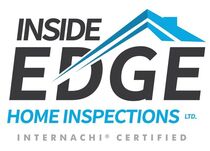


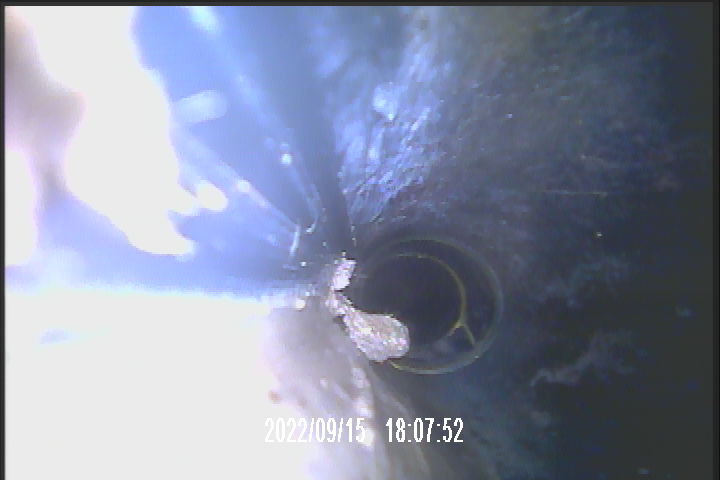
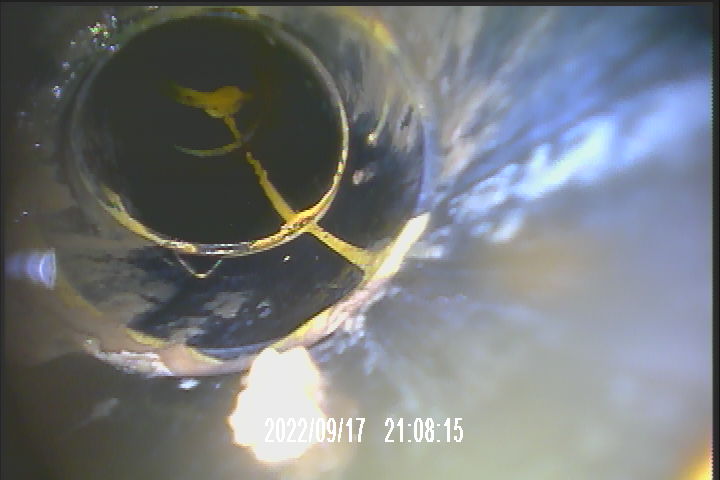
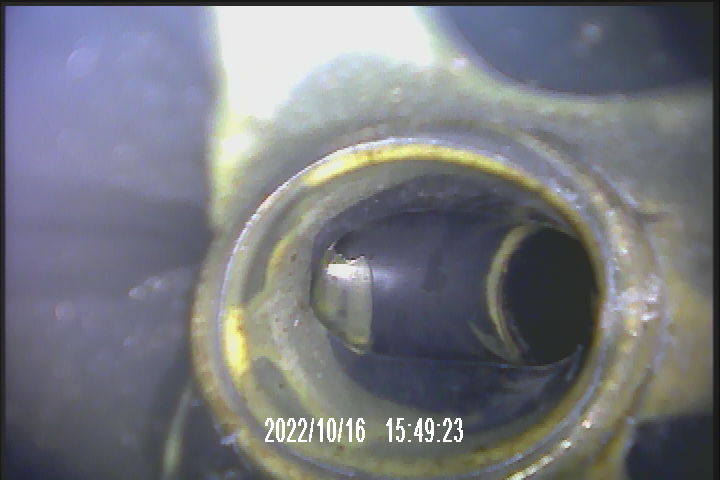
 RSS Feed
RSS Feed

